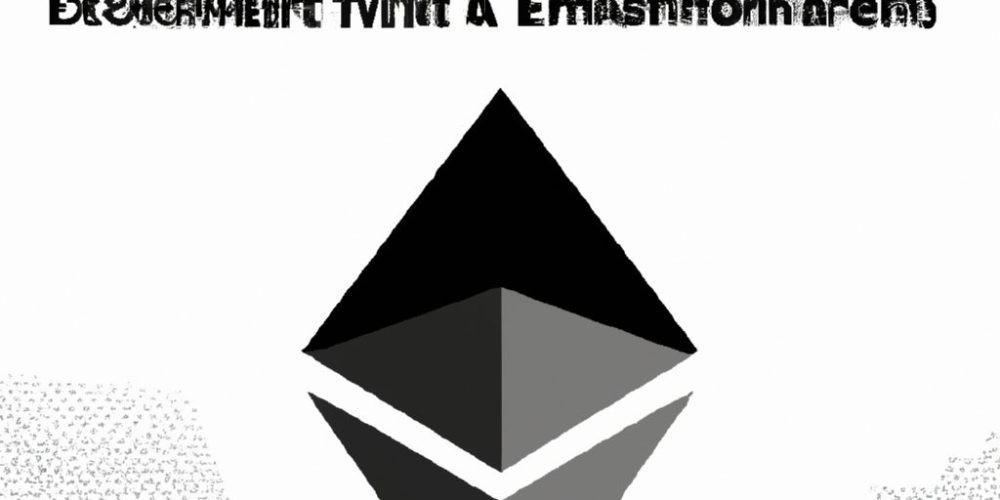In a groundbreaking development within the blockchain sector, Ethereum has successfully implemented its highly anticipated upgrade, dubbed “Ethereus 2.0,” marking a significant milestone not just for the network but for the entire landscape of blockchain technology. This event, crucially timed as the digital world shifts toward a more sustainable and efficient future, presents a transformational change in how Ethereum operates, primarily by improving scalability, security, and energy efficiency.
Ethereum, the second most valuable cryptocurrency platform after Bitcoin, is renowned for its broad applicability, supporting everything from decentralized finance (DeFi) and non-fungible tokens (NFTs) to complex smart contracts. However, it has faced criticism over its energy consumption and inability to handle high transaction volumes without incurring significant fees or experiencing delays. The Ethereum 2.0 upgrade, which transitioned the network from a proof-of-work (PoW) to a proof-of-stake (PoS) consensus mechanism, aims to address these critical concerns head-on.
Under the new PoS system, Ethereum will dramatically reduce its environmental impact by eliminating the energy-intensive mining process required under PoW. Instead of miners, the network will rely on validators who are chosen to create new blocks based on the amount of cryptocurrency they hold and are willing to “stake” as collateral. This shift not only diminishes the network’s energy usage—estimated to drop by around 99%—but also enhances security and decentralization, as more validators can participate without prohibitive energy costs.
Further, Ethereum 2.0 introduces “sharding,” a process that divides the network into smaller, manageable pieces or “shards” that can process transactions and smart contracts parallelly. This enhancement will significantly boost Ethereum’s capacity and speed, potentially increasing transactions per second from around 30 to possibly thousands. This scalability is a game-changer for developers and businesses, making Ethereum a more viable platform for large-scale applications and potentially alleviating the congestion and high fees associated with its older incarnation.
The successful rollout of Ethereum 2.0 is the culmination of years of research, development, and community consensus and arrives at a critical time when the global focus on digital transformation and sustainability has never been sharper. Vitalik Buterin, Ethereum’s co-founder, hailed the upgrade, emphasizing its potential to catalyze further innovations within the ecosystem. “Ethereum 2.0 represents a leap forward not only for our network but for the broader blockchain community, offering a more scalable, secure, and sustainable foundation,” Buterin stated at the virtual press conference following the launch.
The impacts of this upgrade extend beyond technical improvements. Economically, it could reshape the landscape of the cryptocurrency market by attracting new institutional and retail investors who are environmentally conscious and have been wary of the ecological impacts of traditional blockchain technologies. Socially, it sets a precedent for other blockchains, pushing them towards more energy-efficient practices.
The market’s response to Ethereum’s upgrade was cautiously optimistic. While the full benefits of Ethereum 2.0 will unfold over time, early indicators suggest a boost in investor confidence, as reflected in a modest uptick in Ethereum’s price post-announcement. However, as with any significant technological shift, the transition period will be closely monitored by developers and users alike, as the network stabilizes and optimizes its new configuration.
As Ethereum steps boldly into a new era, the blockchain community watches with bated breath, hopeful that this upgrade can lead the way toward more sustainable, efficient, and scalable blockchain infrastructures. Indeed, Ethereum 2.0 may well be remembered as a pivotal moment in the maturation of blockchain technology—a step closer to achieving the vast, untapped potential of this innovative digital ledger system.
—
*Please note: This article is a fictional simulation for illustrative purposes only. Always verify news and updates from official sources.*



